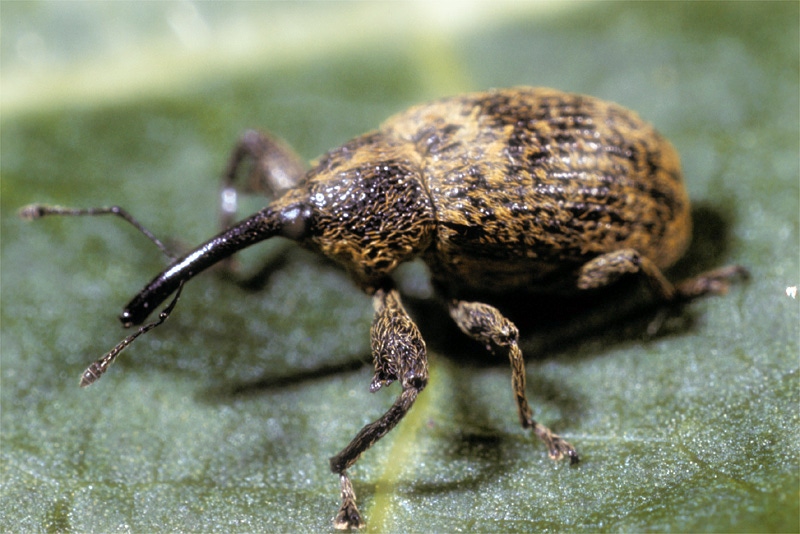
With Louisiana now having achieved eradication status in the decade-plus effort to rid the country of the yield-robbing cotton pest, the entire Mid-South region is now officially weevil-free.“It’s a pleasure to report that only one weevil was trapped last year in the five-state cotton producing areas,” says Farrell Boyd, manager of the Mississippi Boll Weevil Management Corporation.

With Louisiana now having achieved eradication status in the decade-plus effort to rid the country of the yield-robbing cotton pest, the entire Mid-South region is now officially weevil-free.
“It’s a pleasure to report that only one weevil was trapped last year in the five-state cotton producing areas,” Farrell Boyd, manager of the Mississippi Boll Weevil Management Corporation said at the organization’s joint annual meeting with the Mississippi Farm Bureau Federation Cotton Policy Committee.
That lone weevil, he said, was caught in Louisiana — a significant contrast to 2009 when about 300 weevils were trapped in that state — and Louisiana now has been given eradication status.
 A high density trapping program will continue there this year, Boyd says, to detect any reinfestation that might occur from movement of equipment between areas where the pest has not been eradicated.
A high density trapping program will continue there this year, Boyd says, to detect any reinfestation that might occur from movement of equipment between areas where the pest has not been eradicated.
Missouri, Tennessee, Arkansas, and Mississippi had previously been declared weevil-free.
To the west, he says, Texas has encountered problems, including weather-related setbacks, “but they’re making steady progress toward eradication.”
The last boll weevil caught in Mississippi was in 2008, at the start of the season in Tunica County, he says. “It likely was brought in from another state on a vehicle or farm equipment.”
As has been the case for the past couple of years, trapping in Mississippi will continue on this season on a “radius” basis, with traps located on all-weather roads within one-half mile of every cotton field. Traps will be inspected on a tri-weekly basis.
“Mississippi has about 595,000 acres of cotton this year, in 62 of 82 counties,” Boyd says. That’s up from 419,000 acres last year.
Program goals for the Mississippi organization, he says, are to prevent any reinfestation and to keep the state weevil-free.
“We urge anyone, such as custom harvesters, moving equipment between states, particularly from Texas, to be sure it is clean when coming into weevil-free areas. Our cotton growers have a tremendous investment in this program, and we want to do everything possible to protect it.”
Boyd says the assessment for the program for 2011 will be only $1.50 per acre, “and we will continue striving to reduce this costs to growers.”
The boll weevil, which first entered the country in 1892, has cost the nation’s cotton growers more than $15 billion.
About the Author(s)
You May Also Like



